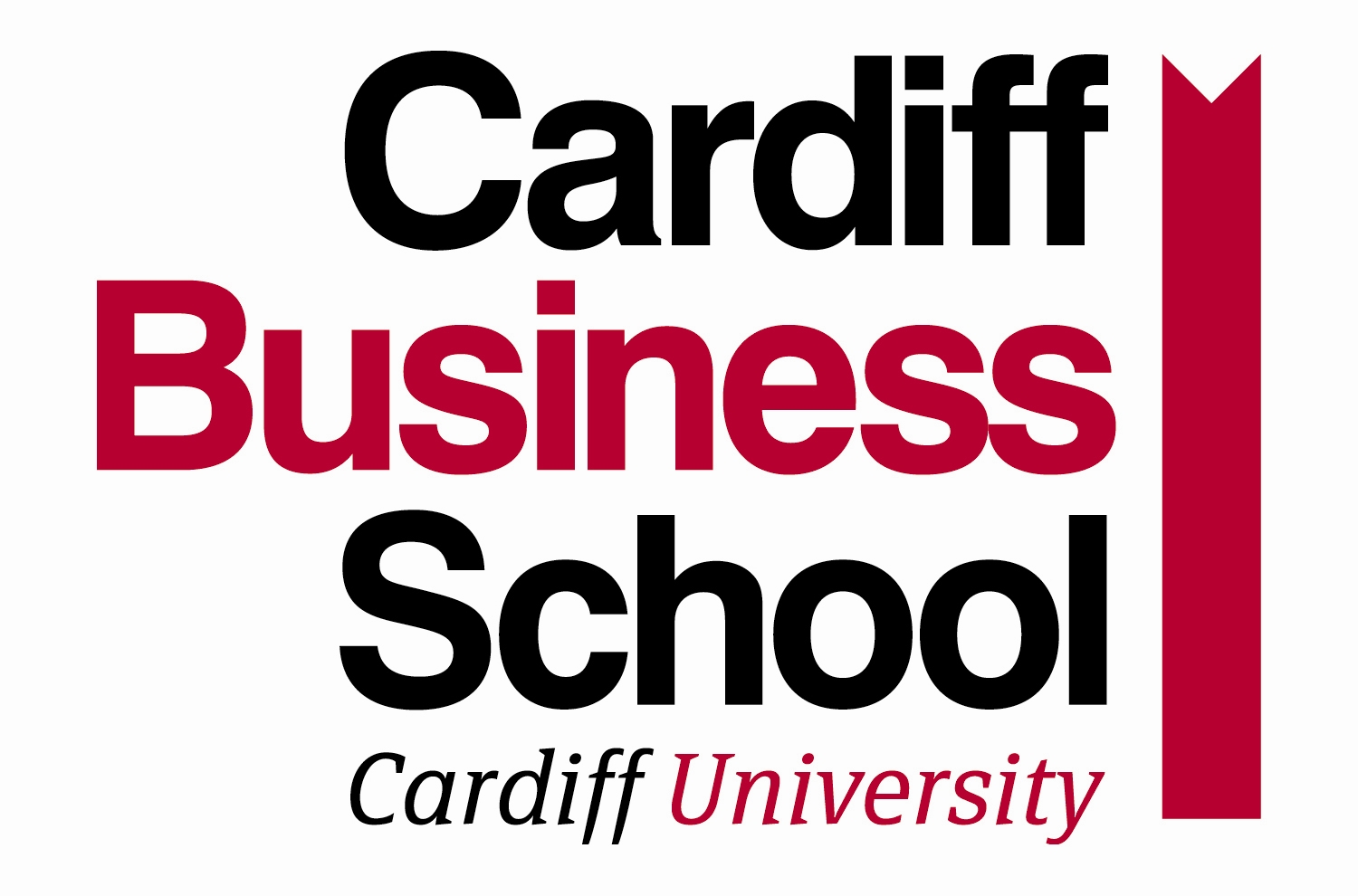The sequence may vary in which funding agencies require information. But the logic of the overall argument that you need to develop through your focus and linkage is the same.
|
Focus |
Element of logic |
|
Warranting the conclusion |
|
|
What the topic is |
Title, aim, objectives |
|
Why it is important and timely |
Central question or issue |
|
How you will investigate it |
Theoretical framework, research questions, research methods |
|
The conclusion |
|
|
What you expect to find out |
Anticipated outputs |
|
How you will ensure the new knowledge is useful |
Impact on academic and non-academic beneficiaries |
A blank logic checksheet is set out below. You could mark each cell in the righthand column that you will need to have addressed in developing your research proposal for your funding agency. Then, as you think through the proposal, enter in the relevant information in each of these cells. As you proceed, the logic checksheet will function as:
· a pointer to each element of the logic of your overall argument that you need to decide upon and incorporate in your proposal
· a reminder of where you have got to in working through the logic of your overall argument
· a brief summary of the core content of your proposal
As you work on your proposal, you may find that you need to alter elements of the logic of your overall argument (e.g. you may have started with an objective for data collection which is too ambitious for the resources you are allowed to bid for). If so, you can easily modify what is written in the relevant cell, and check whether it has implications for other elements.
|
Focus
|
Element of logic |
Content in this proposal |
|
|
||
|
What topic you’re going to investigate |
Project Title · keywords summarising the topic |
|
|
· contribution to finding out about the topic in general terms |
|
|
|
· collection of data |
|
|
|
· contribution to knowledge, policy, practice for specified beneficiaries |
|
|
|
· development of theory, methodology or methods |
|
|
|
Why the topic is important and timely |
· evidence for its importance and timeliness |
|
|
How you’ll investigate the topic |
|
|
|
· related directly to objectives within the broad aim · contributing to addressing the wider central question or issue of concern to the specified beneficiaries |
|
|
· specific means of data collection to answer each of the research questions |
|
|
|
· specific means of analysing data to determine the answer to each of the research questions |
|
|
|
|
||
|
What your investig-ation promises to find out about the topic |
· projected body of data that will answer research questions and achieve the objectives · how the data will be reported |
|
|
How you will ensure that what you find out about the topic is useful |
· what value the outputs will have for the specified academic and non-academic beneficiaries in helping them address the central question or issue of concern · how engagement and dissemination activities will maximise impact on these beneficiaries |
|
(To download and use this document – click on the word document here)
|
|
|


